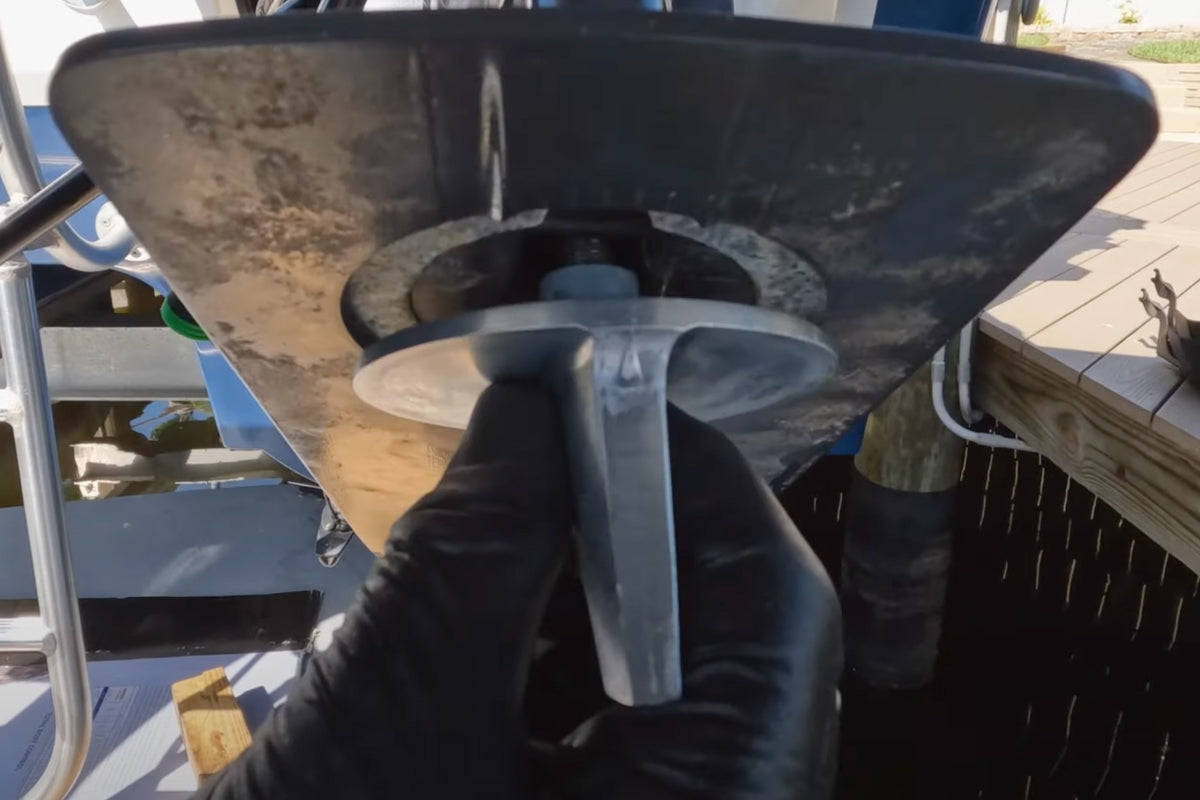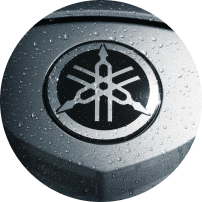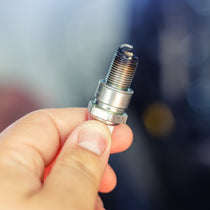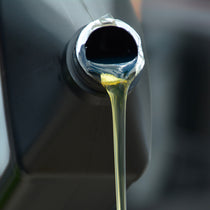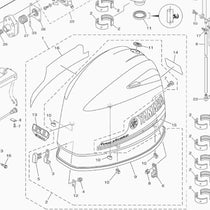Understanding how (and when) to replace Yamaha outboard anodes is paramount for preserving the condition and lifespan of your Yamaha outboard motor. Anodes, or sacrificial anodes, are the front-line defenders against damaging electrolysis and corrosion. However, over time, they deteriorate and must be replaced to keep your engine in optimal condition.
This guide aims to simplify the process, providing clear instructions for identifying anode wear and carrying out an efficient replacement. In addition, it sheds light on the critical signals that indicate it’s time for anode replacement. Continue reading for valuable insights and detailed guidance to help you undertake this essential maintenance task.
In the video embedded within this article, the anode is replaced on a Yamaha F115. However, the video and the step-by-step instructions included within this article apply to:
What You’ll Need for the Job
- Yamaha Outboard Anodes
- Wrench or Socket Set
- Screwdrivers
- Wire Brush or Sandpaper
The Significance of Anodes for Your Yamaha Outboard Motor
Anodes are critical to your Yamaha outboard motor’s overall health and performance. Their role is often overlooked, but your boat and motor can quickly deteriorate without them. Here are a few reasons why anodes are so important:
- Protection Against Corrosion: Yamaha outboard anodes are often called ‘sacrificial’ because they are designed to corrode or wear away before your boat and motor’s metallic parts do. They are made of a less noble metal (like zinc, magnesium, or aluminum). Noble metals corrode first, thus protecting more critical components from corrosion.
- Longevity of Your Yamaha Motor: By guarding against corrosion, anodes significantly extend your boat’s and outboard motor’s lifespan. Regular replacement of worn-out anodes can save you the expense of replacing more costly parts of your engine or even the entire motor.
- Performance Maintenance: Corrosion can lead to parts of your motor malfunctioning, which can affect the performance of your outboard engine. Anodes help maintain optimal performance by protecting these vital parts from corrosion damage.
- Safety: In severe cases, corrosion can cause critical outboard motor components to fail, posing potential safety risks. Anodes help to ensure the safe operation of your motor by reducing these risks.

Identifying the Right Time to Replace Your Yamaha Anodes
Understanding when to replace the anodes on your Yamaha outboard motor is key for its smooth operation and long life. There isn’t a universally fixed timeline. Still, there are clear indicators that the anode needs replacing:
- Visual Inspection: One of the most straightforward methods to determine if your anodes need to be replaced is through visual inspection. If an anode is significantly smaller than usual, it’s usually a good time to replace it. Also, inspect the anode for signs of decay or corrosion. If you notice signs of decomposition, it may be time to replace your anode.
- Check for Physical Deterioration: Carefully run your hand over the anode’s surface. If it leaves a powdery residue on your hand or crumbles with slight pressure, the anode is worn down and is due for replacement.
- Regular Maintenance Checks: You should inspect anodes during every regular service, or at least once a year. your anodes may reqeuire more frequent checks if the boat is used in harsher marine environments.
Remember, replacing anodes on time is a relatively small investment compared to the costly repairs and replacements resulting from neglecting this crucial part of your Yamaha outboard motor’s maintenance.
Essential Tools for Anode Replacement on Your Yamaha Outboard Motor
Below is a list of tools that you’ll need to change the anodes on your Yamaha outboard motor:
- Yamaha outboard anodes
- Wrench or socket set
- Screwdrivers
- Wire Brush or sandpaper
Step-by-Step Process to Replace Anodes on a Yamaha Outboard Motor
Step 1: Preparing for the Task
Start by assembling all the tools listed earlier and ensure your workspace is clean and well-lit.
Step 2: Removing the Old Anode
Locate the old anodes on your boat. Then, select a wrench or socket set that is compatible with the anode bolts. Gradually loosen these bolts. Once you’ve adequately loosened the old anodes, carefully remove them.
Step 3: Cleaning the Installation Area
Once you remove the old anode, you may want to take a wire brush or sandpaper and carefully clean the area where you installed the anode. Cleaning may help to ensure a good electrical connection. Clean off any corrosion or residue thoroughly.
Step 4: Installing the New Anode
Next, align the new anode with the mounting holes. Insert the bolts through the holes on the anode and tighten them. Be careful not to overtighten, as this could damage the anode.
Step 5: Installing the Bonding Wire
Once your replacement anode is ready, you’ll need to attach the tether, also known as the bonding wire. This wire plays a crucial role in the functioning of the anode, creating a necessary connection for the anode to perform its job.
Step 6: Final Check and Testing
Conduct a final inspection to ensure everything is secure.
In conclusion, learning to replace the anodes on your Yamaha outboard motor is critical for maintaining your boat’s performance and longevity. This guide provides the necessary knowledge to undertake this maintenance task, regardless of mechanical experience. You can effectively manage this task with the right tools and steps, ensuring your motor remains tip-top.
**Important Note**
Always consult your engine’s owner’s manual for instructions and information specific to your engine. If you need clarification on replacing anodes, consult a Yamaha-certified mechanic.

PartsVu and Platinum Mobile Marine Partnership
Huge thanks go to Frank Cutri, the owner and operator of Platinum Mobile Marine, a mobile mechanic service serving the Lee County, Florida area, for partnering with PartsVu on the Boat Maintenance Matters series.
Together, we are working hard to build a library of step-by-step instructions on common outboard motor repair and maintenance tasks.

